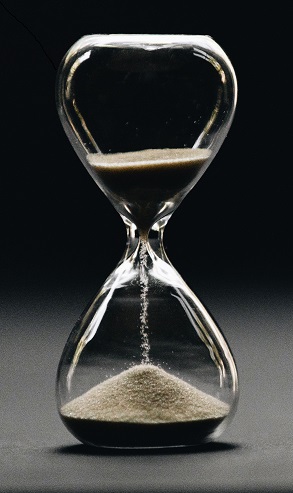Human beings are using sand faster than nature can make more of it. The sand shortage will affect all of us, but will we adapt?
You may have heard of peak oil, but do you know about peak sand? Yes, sand, that stuff that covers beaches, deserts, playgrounds, and maybe even the floor of your car. It seems like sand is everywhere and should be dirt cheap, but people have been using it for so many things, in such quantity (50 billion metric tons a year!), for so long, that we’re running out of the good stuff, and nature can’t replace it fast enough. A sand shortage may seem like no big deal, or just one more problem on a heap of even worse problems that have engulfed us in the last few years. However, it’s not necessarily the sand itself that we’ll be missing, it’s all the things sand does for us.
Human beings mine more sand than they do iron, copper, or any other solid mineral. In fact, it’s second only to water in our demand for natural resources. China used more sand in the last few years than the United States consumed during the 20th century. Mining sand is filthy, too, and fraught with problems in and around the areas where the “good sand” is found. Much is dredged up from riverbeds, but that can lower water levels by several feet. According to the UN, sand extraction is responsible for sinking Vietnam’s Mekong river delta, turning previously fertile farmland salty. Dredging also affects water quality, contributes to erosion, destroys wildlife, undermines fisheries, increases the risk of flooding, and lowers water tables. Because such ventures are usually locally regulated (or unregulated), corruption is rampant. People have been killed over sand.
The sand shortage has been looming for a few years and shows no sign of abating. Indeed, with a growing population, increased urbanization, and technology and energy use, demand for sand is higher than ever, even as disruptions caused by lack of it will affect more people, more deeply.
Most of the sand goes to the construction industry. Each ton of cement is mixed with 6 to 7 tons of sand and gravel to make concrete. Road asphalt is 90% sand. Not just any sand will do; good construction sand is angular and sharp, not weathered and smooth like desert sand, and not salty like sand around and under the world’s oceans. Most of our large infrastructure, like roads, bridges, dams and major buildings, is made from concrete, and a whole lot of it is aging out of its useful lifespan. Heat, salt, and years of wear take a toll. Even if we had the political will to raise the money and replace all the infrastructure that is set to fall apart in the near future, the sand shortage would drive up the cost considerably, making such projects economically infeasible or physically impossible.

Sand is also used to make glass, and silica sand is the starting material from which computer chips are made. High-quartz sand is heated with carbon, producing carbon monoxide and silicon. Further purified silicon is formed into flawless crystals, cut, and processed into the chips that are used in everything from computers, cars and smart phones to refrigerators and tanks. The chip shortage currently vexing manufacturers around the world may have started because Chinese factories went into COVID lockdown, supply chain bottlenecks, a Japanese factory fire, a drought in Taiwan and an unreliable electrical grid in Texas, but one of the next big problems they’re going to face is the sand shortage.
Unlike construction sand, good fracking sand is round, small, silicate, and derived from sandstone. It also costs 185% more than it did in 2021. Well operators in Texas and New Mexico have been using some “local” frac sand imported from Mexico, but most of it has come via rail from Wisconsin. The frac sand shortage is making it harder and more expensive to extract gas and oil from domestic sources, which is probably a good thing, environmentally speaking, but is certain to cause economic hardship. Increasing natural gas prices will also affect the supply and affordability of synthetic fertilizer at a time when the Russia/Ukraine war is significantly diminishing access to all of these resources, yet people still have to eat.
The uses of sand are so many, and so critical for a modern industrial economy, that the sand shortage is going to ripple throughout our economy and affect our lives in multiple intersecting ways. Sand underlies our complex technology, infrastructure, energy use, and food supply, and yet, unlike the way (bad) economists tell us the world works, no amount of money we offer up can convince the natural world to produce any more of it for us any faster or cleaner than it already does. Like many resources we’re used to exploiting with abandon, sand is in decline. How we choose to adapt to that, or not, is up to us.
Related: The Slow Drain of an Expensive Collapse


Join the conversation!